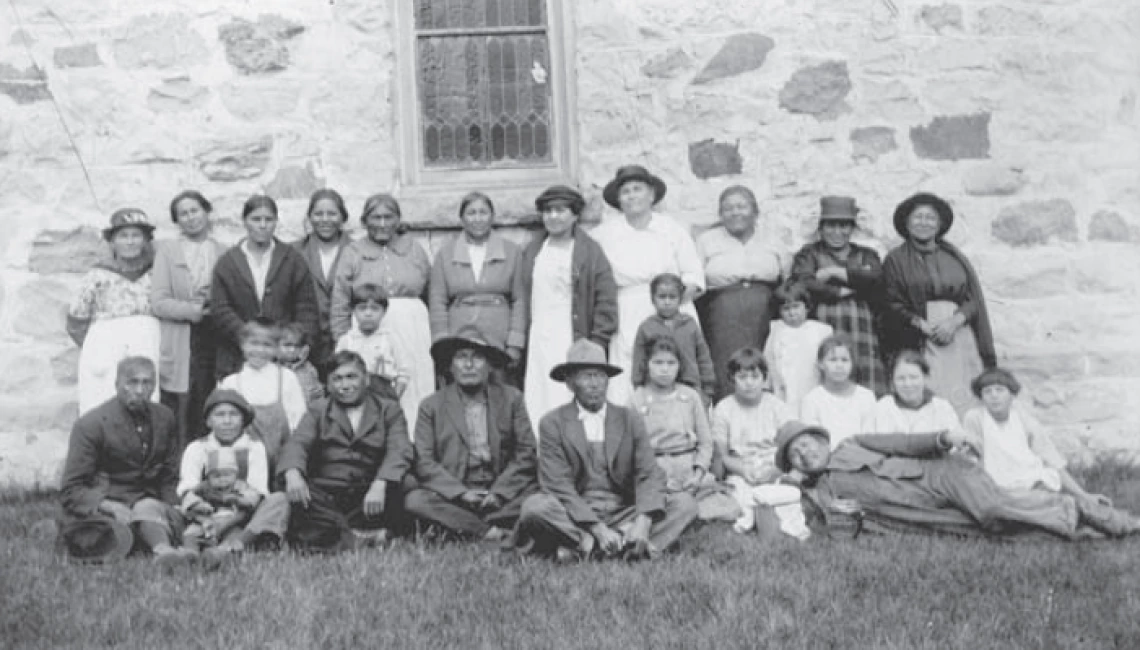This article explores the varied ways in which the Anishinaabeg of White Earth defined themselves during the early twentieth century. It consists of two primary parts. In part 1 I go beyond the artifacts in order to enliven the history, to offer an alternative way of remembering the past. In this section I have created several characters and collapsed events, but I draw heavily on historical interviews. I use many direct quotes in the interview section; all the statements that I have copied word for word from a document in the Ransom Judd Powell Papers have been italicized. It is my goal to immerse the reader in a story that extends beyond history. This section also includes historical photographs that provide an additional element of framework for the construction of the tribalography. The subheadings in part 1 are taken from A Concise Dictionary of Minnesota Ojibwe by John D. Nichols and Earl Nyholm. In part 2 I provide a traditional academic presentation of the “facts,†including details about federal and state legislation as well as an academic analysis of the interviews. The two parts of this story create a weaving; by pulling together a wide variety of sources, including primary documents, secondary sources, and the works of other storytellers, I have tried to create something new...
Additional Information
Doerfler, Jill. "An Anishinaabe Tribalography: Investigating and Interweaving Conceptions of Identity During the 1910s on the White Earth Reservation." American Indian Quarterly. Volume 33:3. Summer 2009. Article. (https://www.jstor.org/stable/40388467, accessed March 1, 2023)




